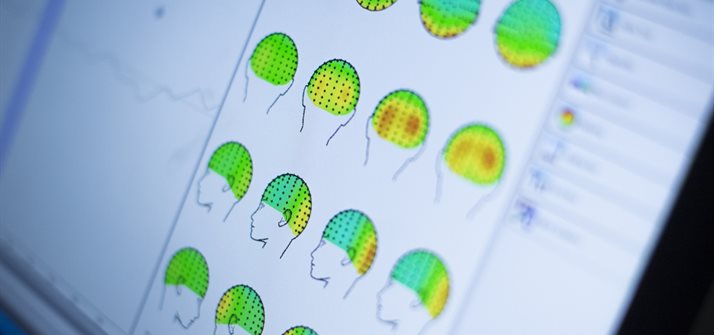Brain 'fat' key to mental health

University of Nottingham press release: 07 Nov 2016
Scientists at The University of Nottingham have discovered a previously unknown relationship between brain structure and brain function. The discovery extends our knowledge of how the brain works and could help us understand how communication in the brain breaks down in diseases such as multiple sclerosis and mental disorders such as schizophrenia.
The findings, published today (Monday 7 November) in the academic journal Proceedings of the National Academy of Science (PNAS), describe how networks of connected brain regions are supported by underlying brain structure at a microscopic scale.
The research, titled ‘Relationship between cortical myeloarchitecture and electrophysiological networks’, was led by PhD student Ben Hunt working in the Sir Peter Mansfield Imaging Centre in the School of Physics and Astronomy.
The research team previously pioneered new ways to measure the primary pathways of electrical transmission between brain regions. Here, they wanted to understand how underlying myelin structure supports those pathways. Ben said: “The brain can be thought of as a big bunch of electrical wires. Communication between different areas of the brain is achieved by sending electrical transmissions down these wires. The speed at which these transmissions flow is largely governed by the amount of electrical insulation around these wires. However, unlike typical plastic insulation on electrical cables, the brain uses fat to insulate the wires. This is called myelin and it is essential for the proper functioning of the nervous system.”
Non-invasive technology helped them delve deep into our brains
The team used a technique called Magnetoencephalography (MEG). This non-invasive functional neuroimaging technique measures magnetic fields produced outside the head by electrical activity in the wires of the human brain.
Using advanced mathematical modelling, the research team was able to reconstruct pathways showing electrical communication between brain areas. With state of the art Magnetic Resonance Imaging (MRI) they measured the amount of myelin in those areas and matched this information with the MEG measurements. The results showed a clear relationship with the brain’s myelin structure mirroring the strength of electrical communication.
This work was completed as part of a £1.5 million initiative from the Medical Research Council (MRC), which aims to explore the potential of MEG in clinical conditions, and a further £600,000 (MRC) grant to develop new ways to understand communication in the human brain.
New discovery and new tools for future research into human cognition
Ben said: "This is an exciting result. These findings extend our knowledge of how the brain works. They also highlight the potential of MEG as a technique to explore the fundamental mechanisms that underpin human cognition.”
The study involved 80 volunteers from Nottingham who gave up their time to take part in the research.
Dr Matthew Brookes, also in the School of Physics and Astronomy, and senior author on the study, said: "The importance of this study goes beyond simply an improved understanding of the brain’s 'structure-function' relationship. There are a number of diseases where communication between regions breaks down, for example schizophrenia. Similarly, there are disorders in which we know brain microstructure is compromised, such as multiple sclerosis. This study presents not only new results, but new tools that we can use to understand communication within and between networks and how this communication breaks down in disease."
The study was carried out in the SPMIC and was carried out in collaboration with scientists at the Cardiff University Brain Research Imaging Centre.
Professor Richard Bowtell, SPMIC director, said: ”This important work demonstrates the power of multi-modal brain imaging, which is a specialty of the SPMIC, and the benefits of bringing together physicists and neuroscientists in an interdisciplinary research centre.”